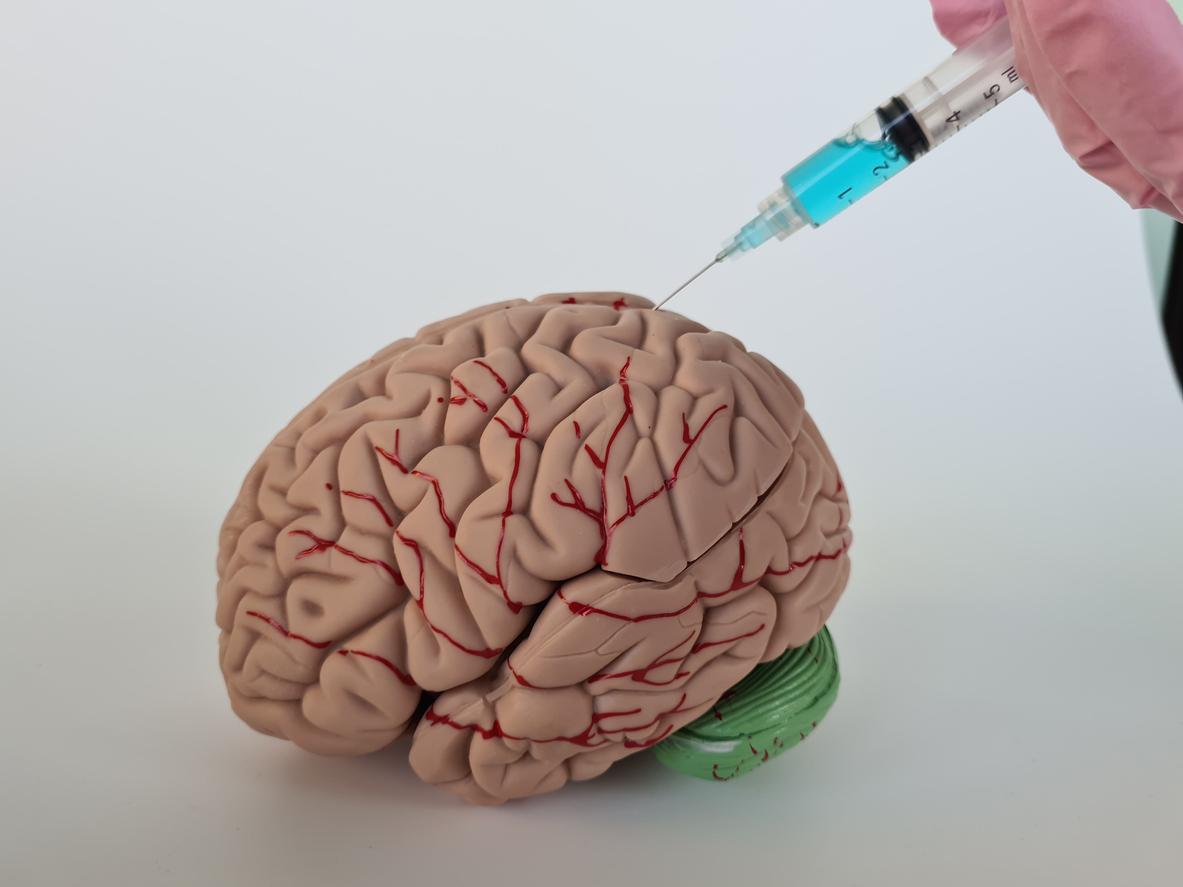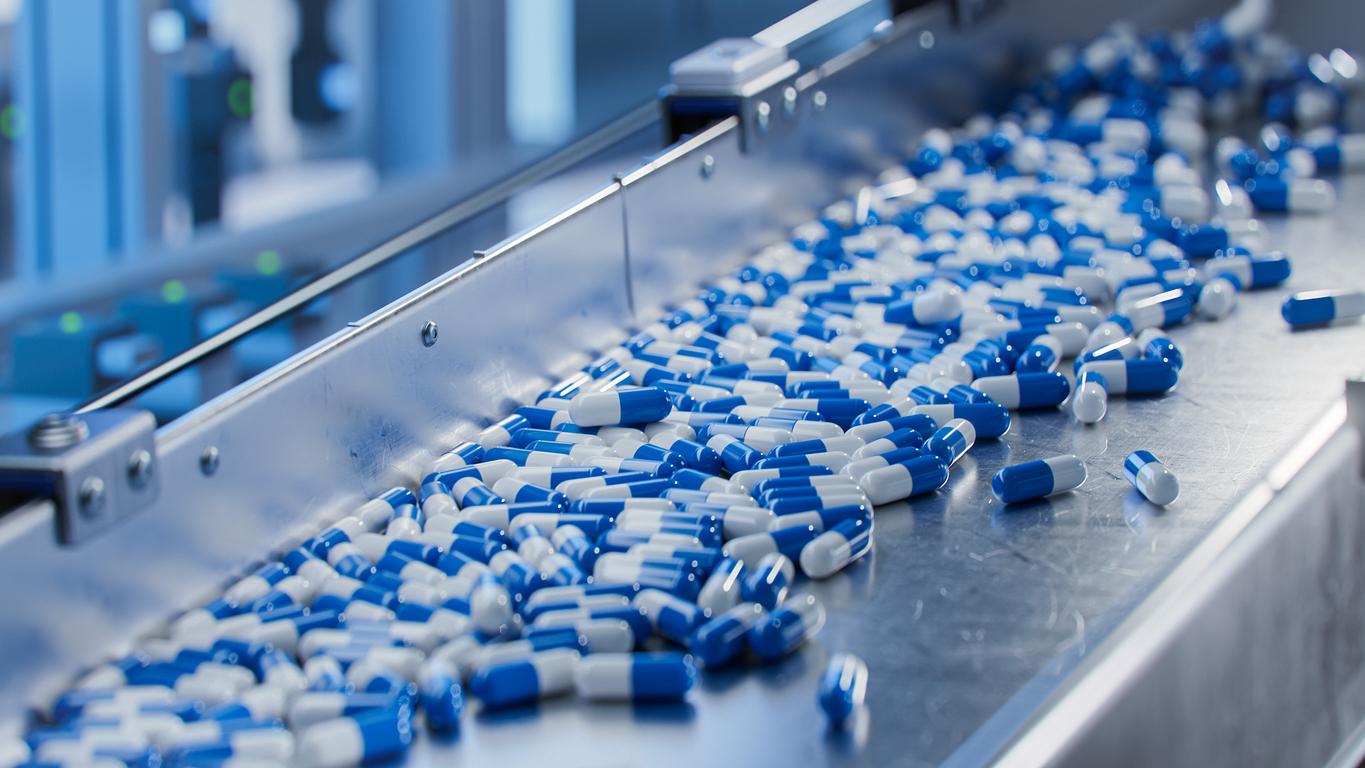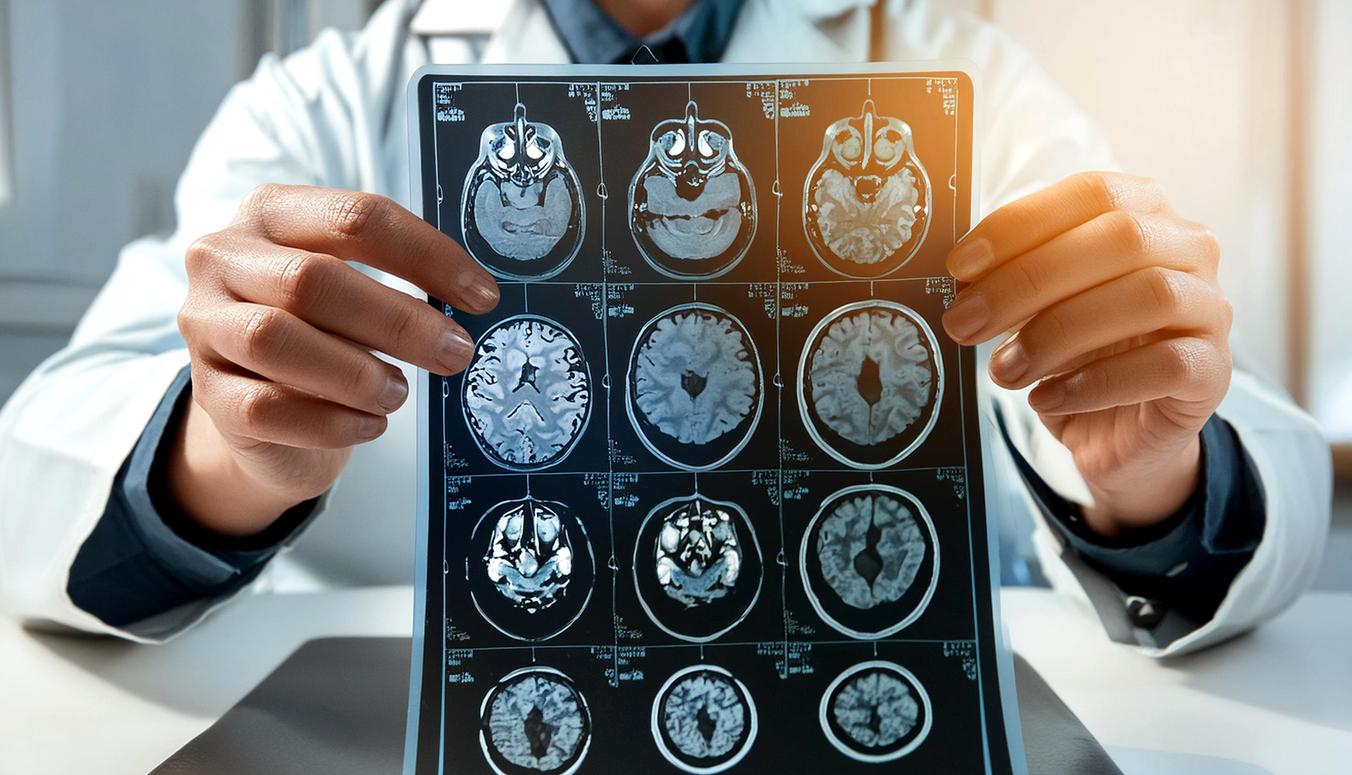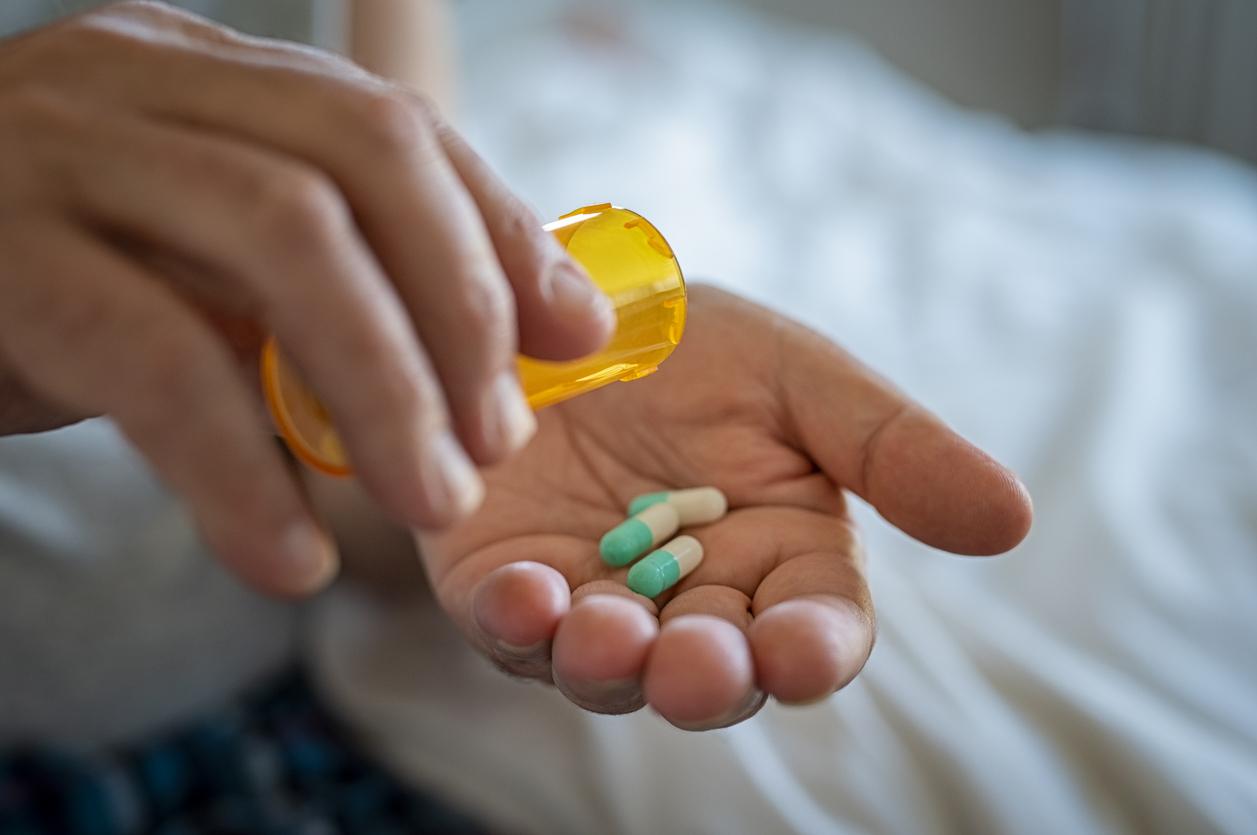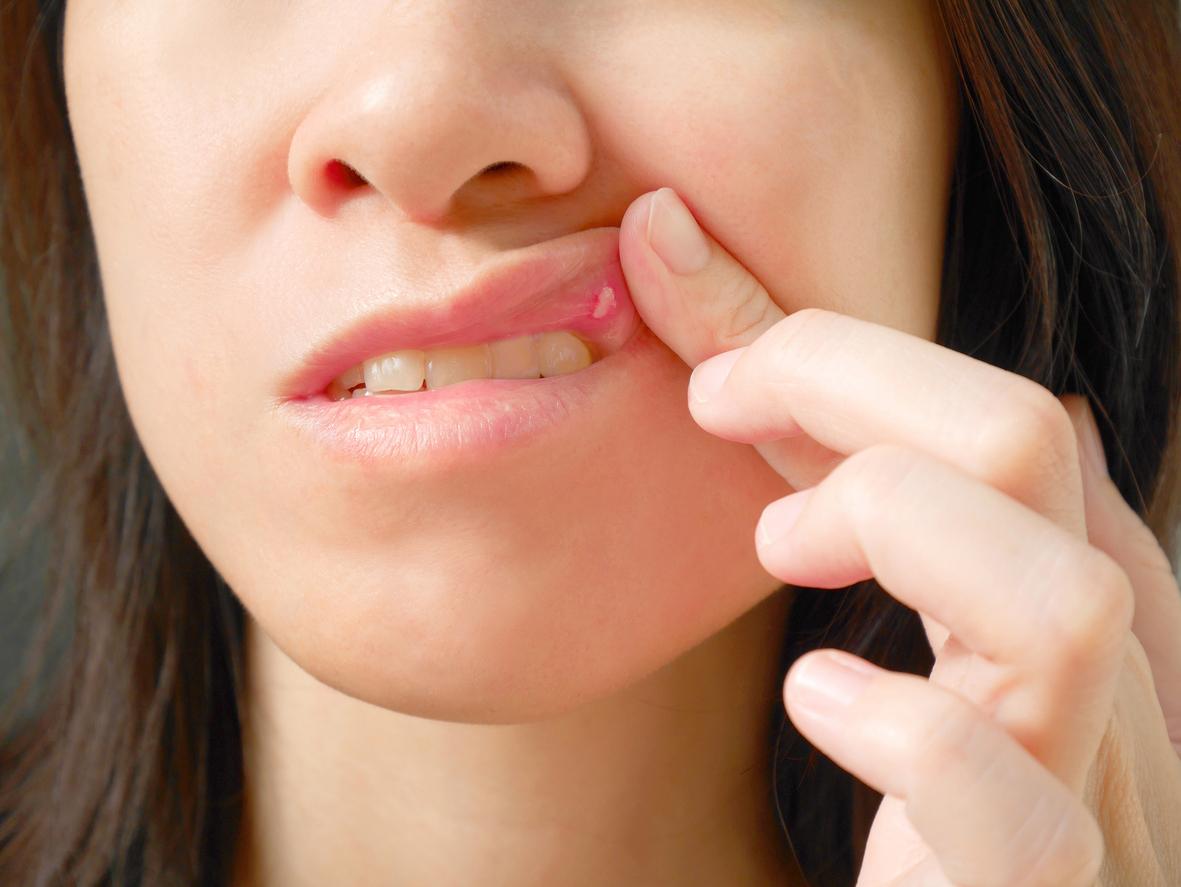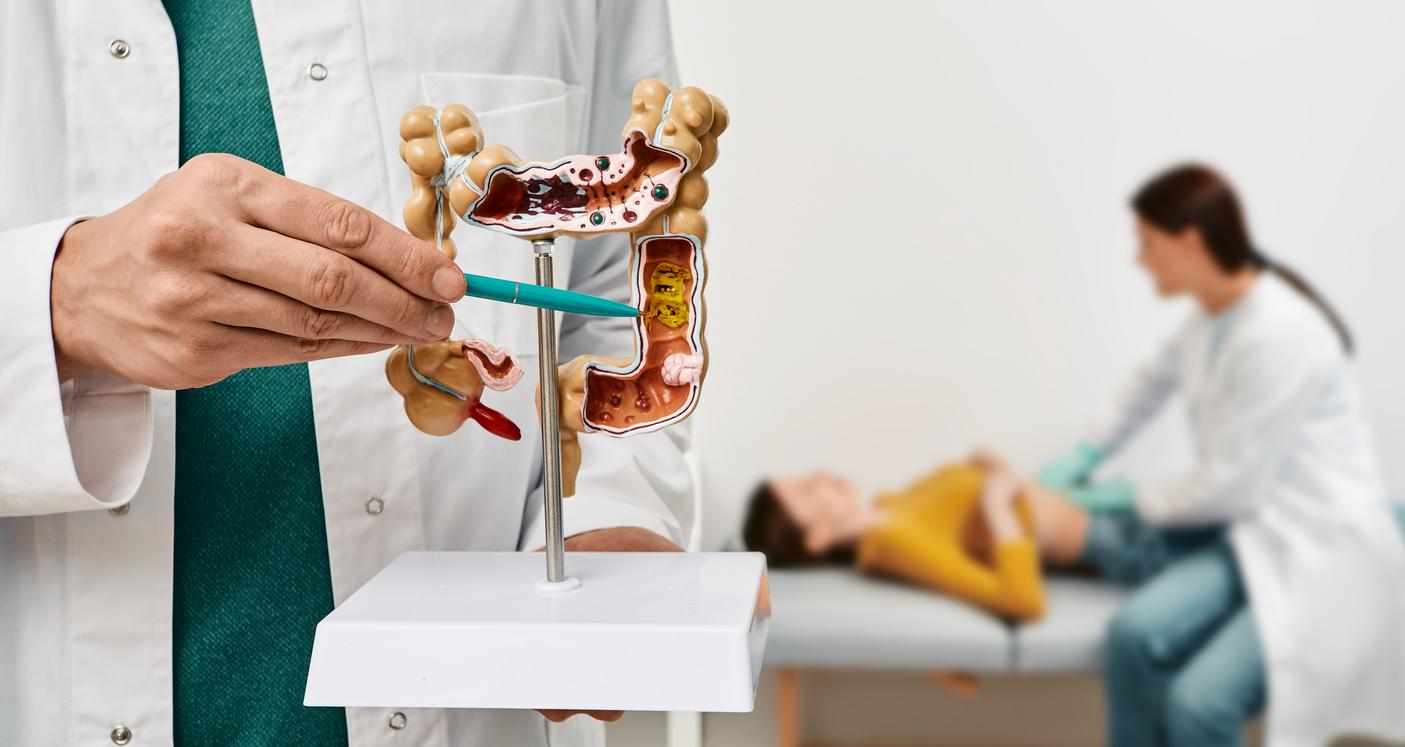There Huntington’s disease is a rare and inherited neurodegenerative disease. She ofusually stumbles between the ages of 30 and 50 and is manifested by ofs cognitive, psychiatric and ofs uncontrolled movements that worsen over time until ofcession, about twenty years later. In France, around 18,000 people are affected. 6,000 of them have ofalready ofs symptoms while around 12,000 are carriers of the mutated gene and know they will be affected in the coming years.
Currently, the only possible treatments act on the symptoms and certain disorders, but no treatment can slow down or even modify the course of the disease. However, researchers from Inserm and the Grenoble University Hospital Institute of Neuroscience believe they have found a new therapeutic avenue. They tested a molecule that has ofs promising results in mice and is undergoing preclinical evaluation. The results of their trials have just been forgotten in the journal Science Advance.
How to protect the brain from the death of neurons?
“There disease is due to an abnormality in the gene coding for the protein huntingtin, which interacts and regulates the activity of at least 400 other proteins involved in various cellular functions, including transport of molecules. This anomaly leads in particular to a reduction in the transport in the brain of a very important molecule called BDNF whose role is of promote survival ofs neurons and to ensure the connections between them. This reduction of transport therefore causes death in patients ofs neurons in these brain regions” explain the researchers.
They have therefore studied the means of restore transportation ofs vesicles of BDNF in order to partially protect the brain from neuronal death.
“Several experiences in vitro on ofs human neurons and live in mice, have shown that the ML384 molecule crosses the blood-brain barrier and that it restores trafficking of BDNF. Administered to a model of mouse reached of there Huntington’s diseaseshe allowed of reverse the symptoms” they have just announced. “The injection of ML348 reduced motor and psychic behavioral disturbances, allowing animals of find a nearby activity ofs normal non-diseased mice”.
The ultimate goal is to develop the first neuroprotective treatment for patients with Huntington’s disease. The researchers will now move on to the phase ofs preclinical trials to assess the behavior of the molecule in the body or even identify the effective doses.
Source :
- Increasing brain palmitoylation rescues behavior and neuropathology in Huntington disease miceScience Advance, March 2021
Read also :
- More than 300 people are affected by rare diseases worldwide
- What are genetic tests used for?








